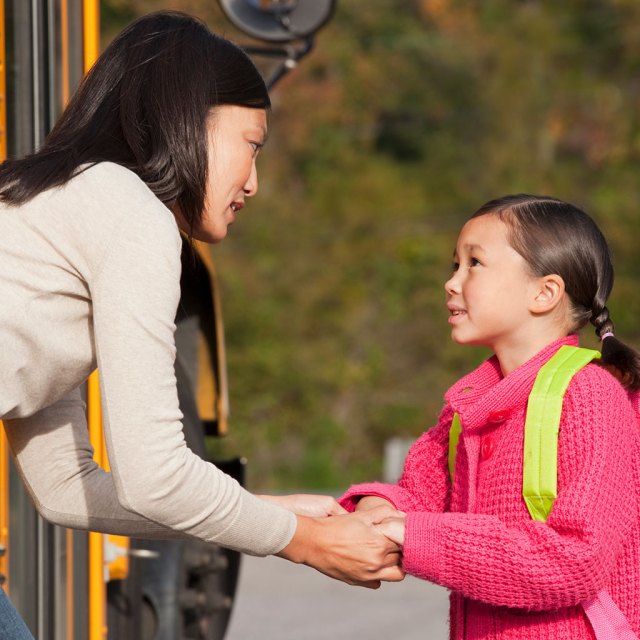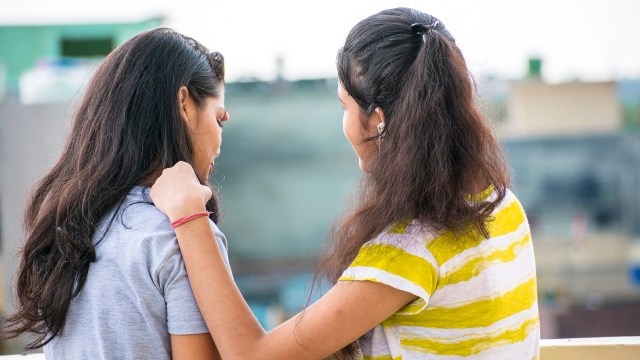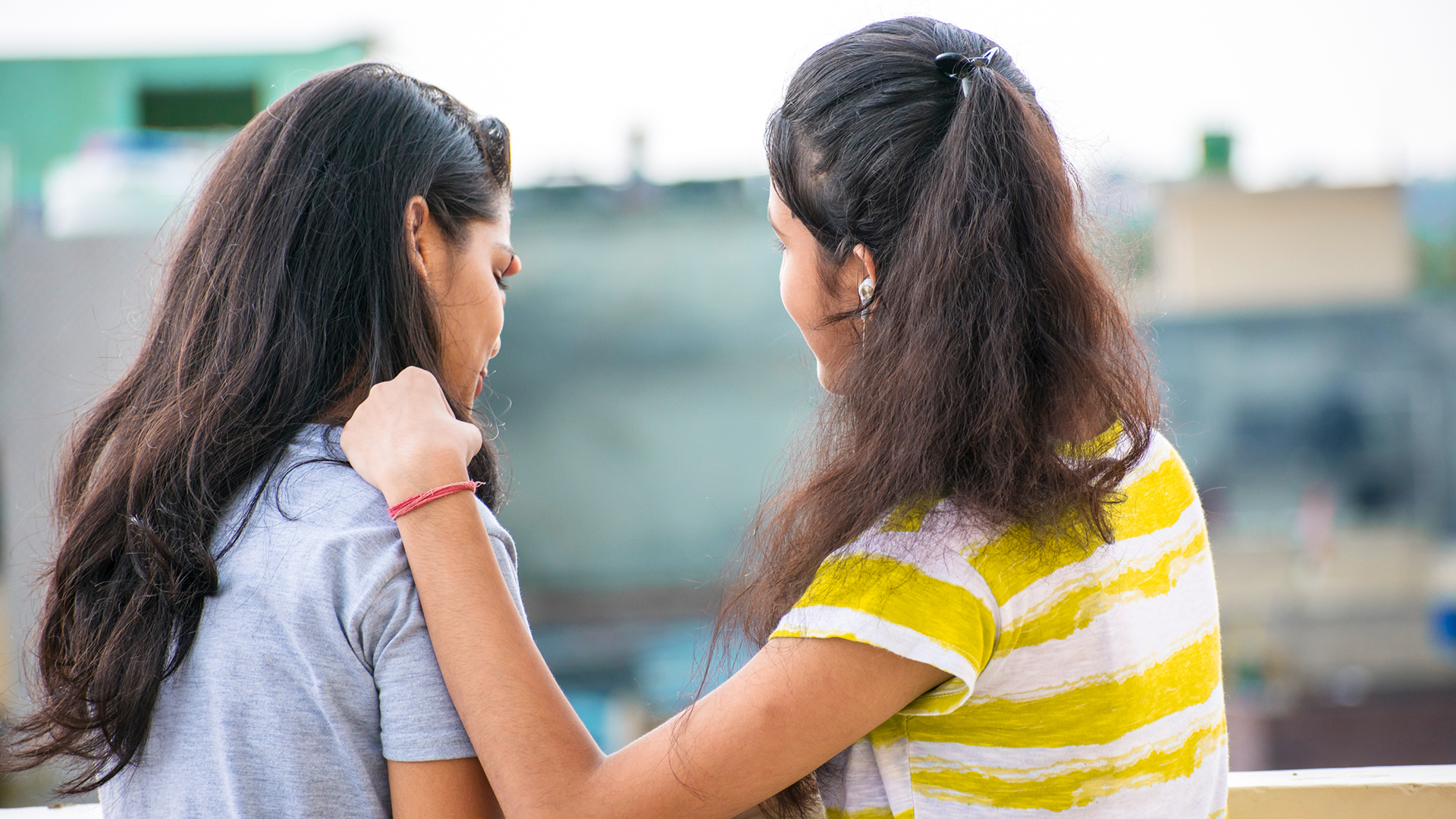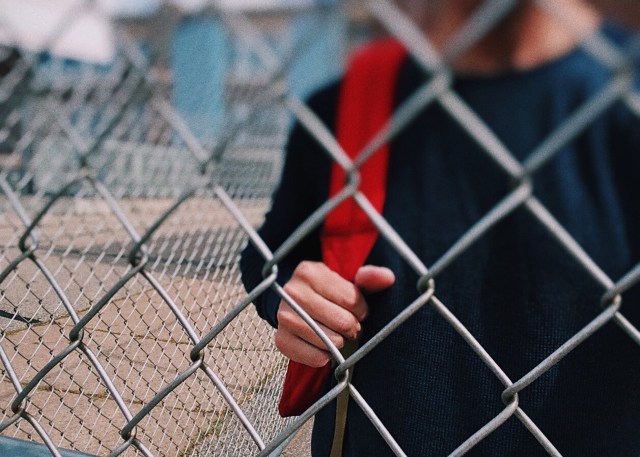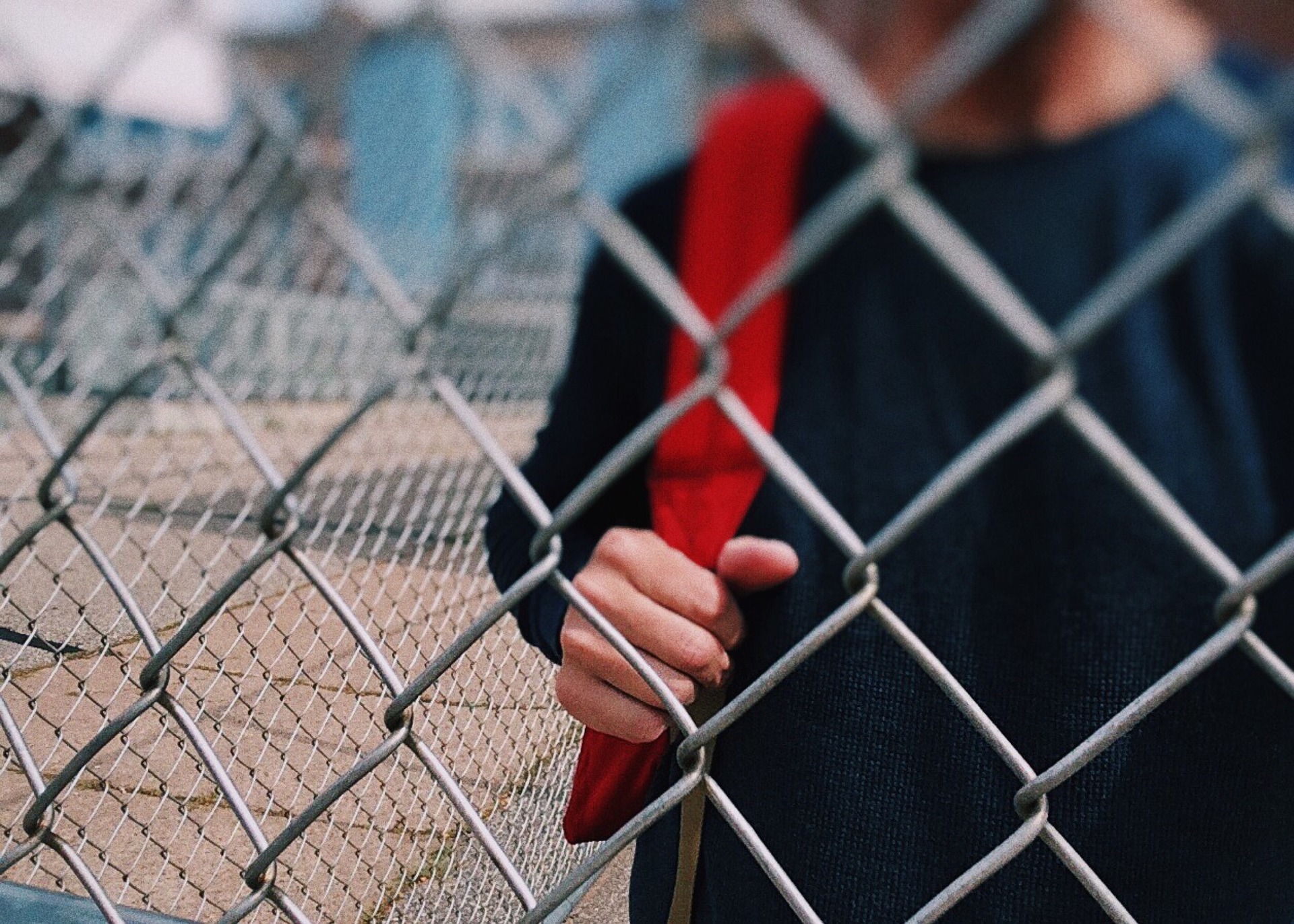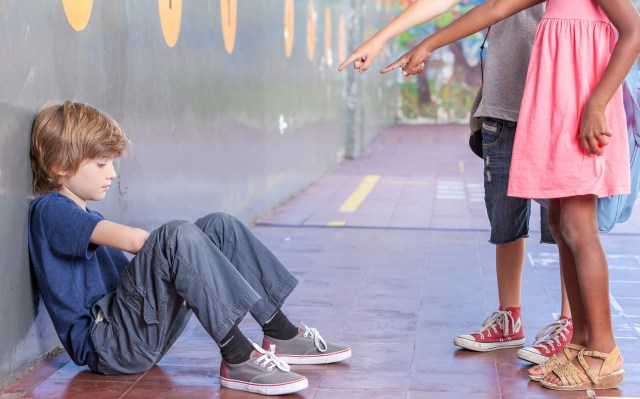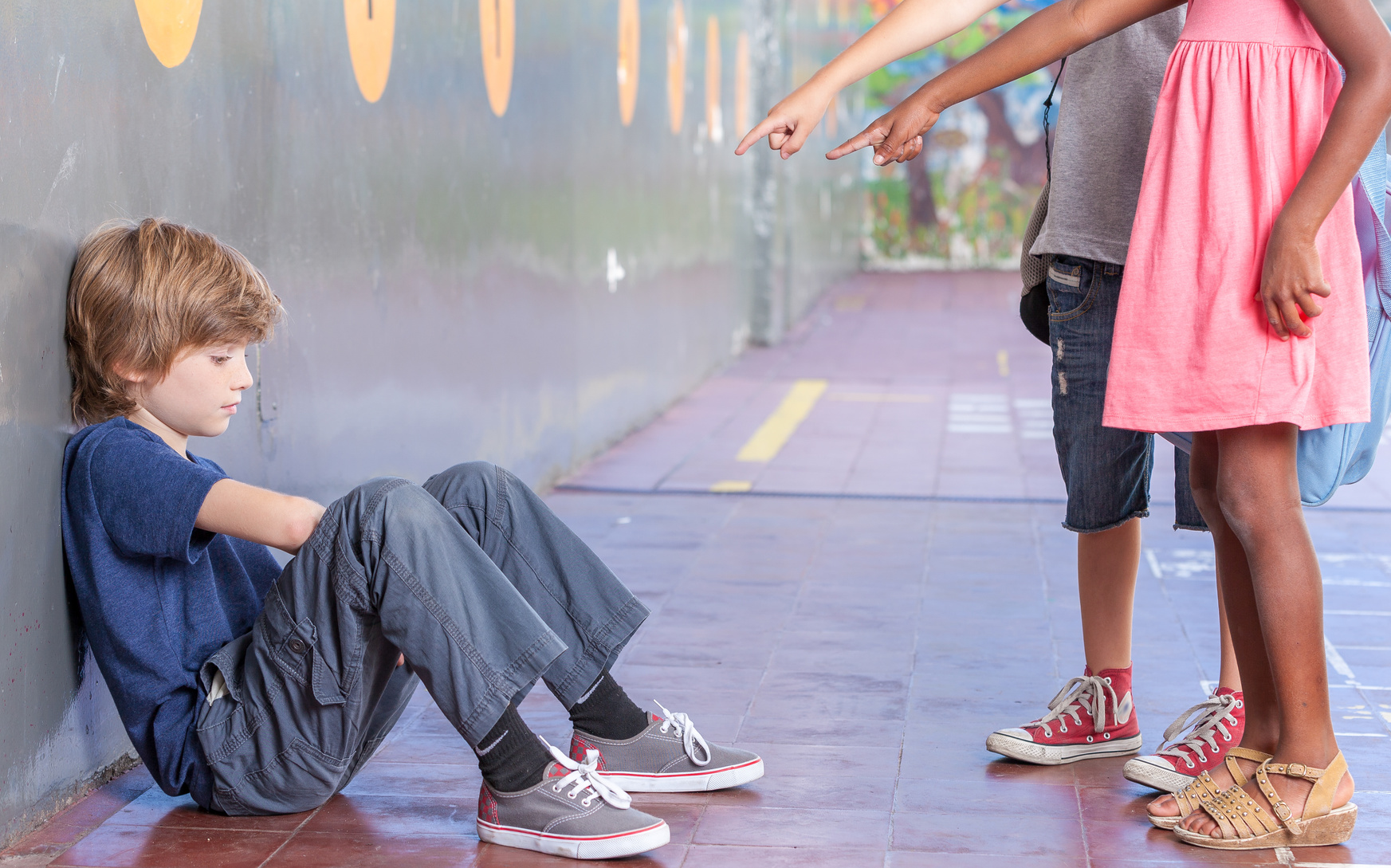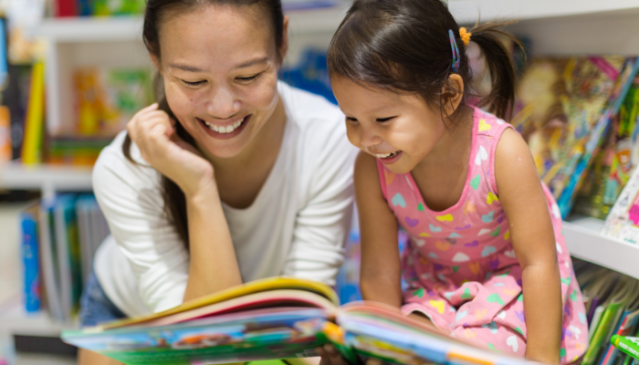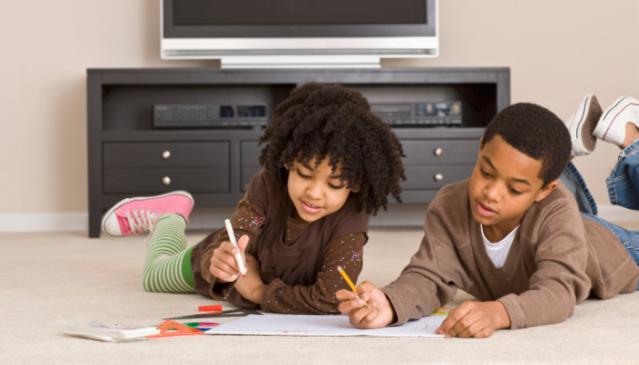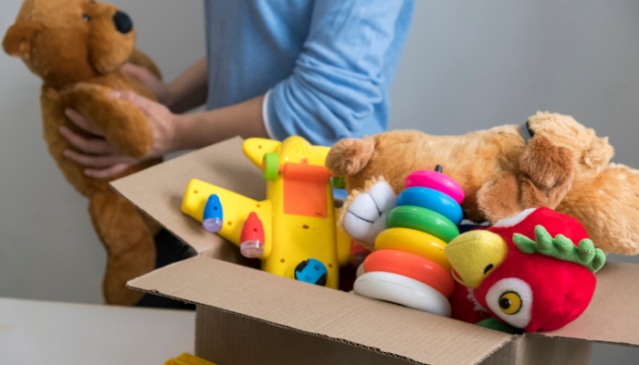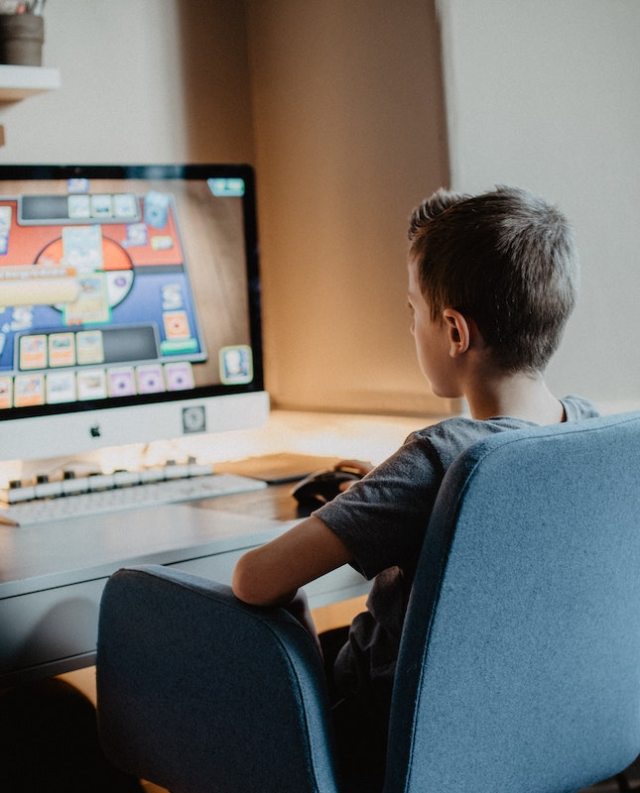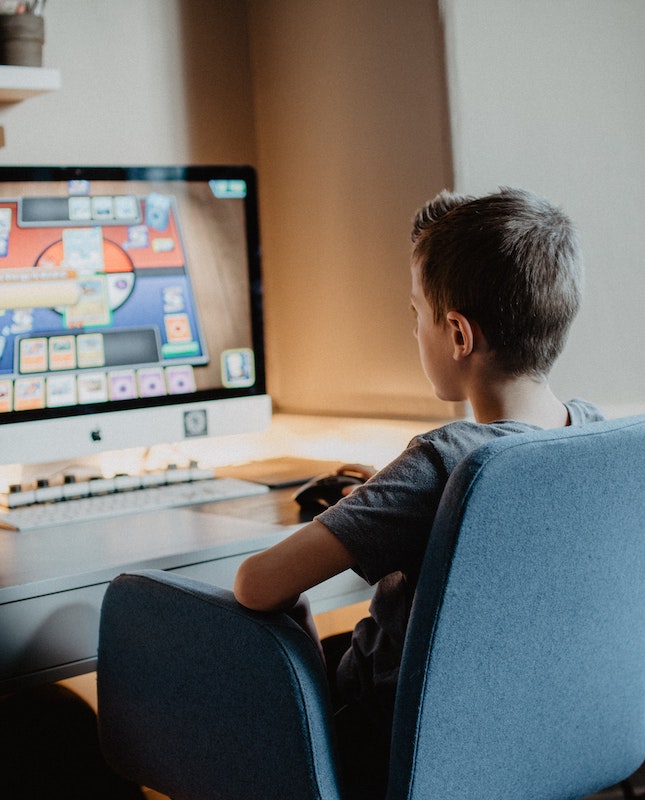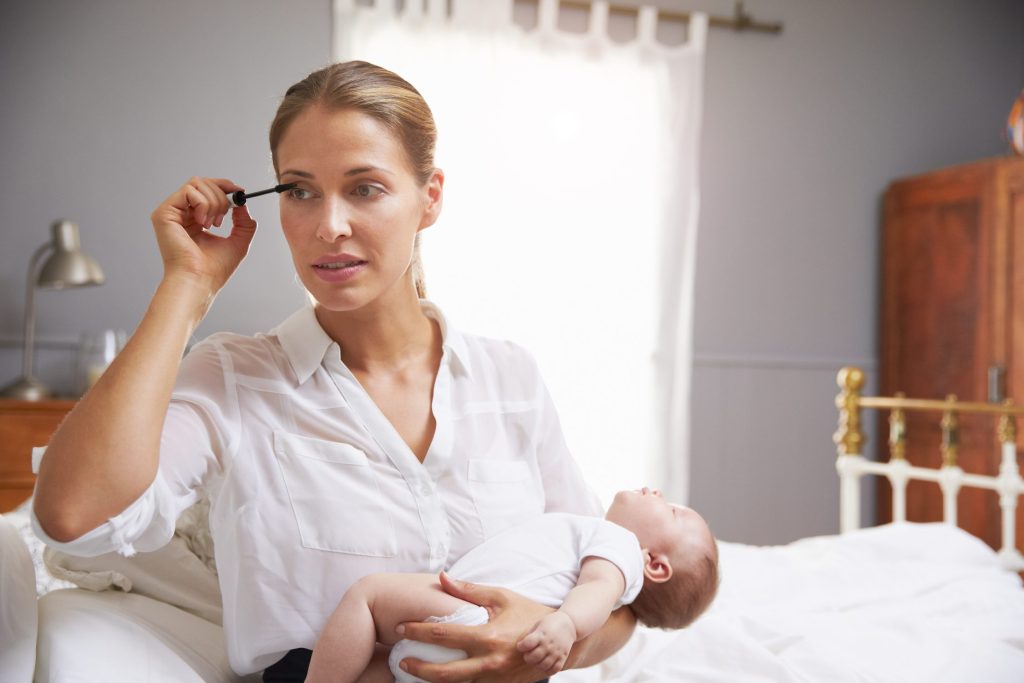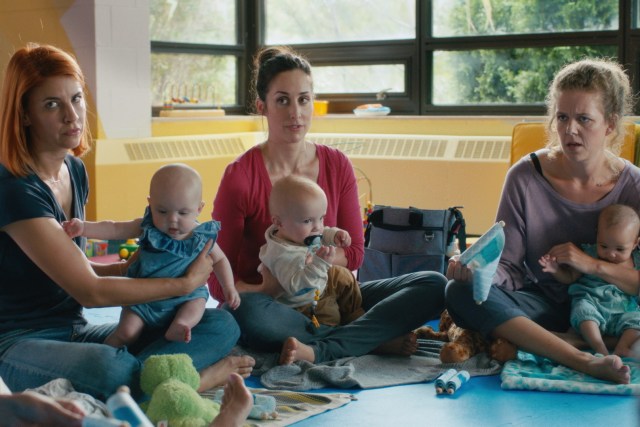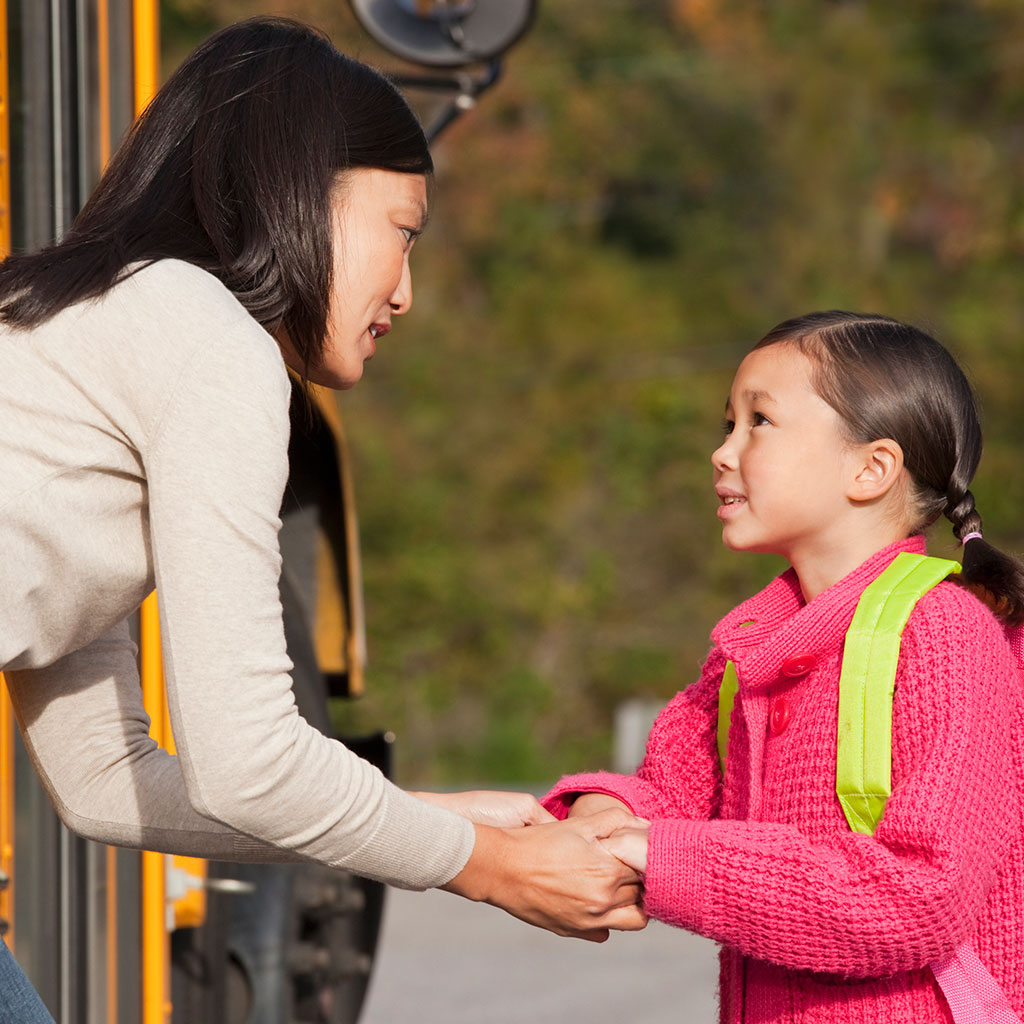
Sylvia Moore’s seven-year-old son, Ryan, is attending a local public school that is operating a hybrid model due to the pandemic.
At the moment, Sylvia’s biggest fear isn’t about the pace of Ryan’s academic growth or his access to physical activity—she lies awake at night worrying about how Ryan is doing socially. A shy, small boy, he relied heavily last year on the constant companionship of one good friend, Victor. This year, Victor is attending a different school.
“Without Victor at his side, I’m afraid that Ryan will become a target of bullying,” Sylvia told me.
She is not alone. Parents worry about bullying—regardless of the age of the child—as one of their top health concerns. With approximately one out of every five children being bullied, according to the National Center for Education Statistics, it is an understandable anxiety.
For parents who struggle with social anxiety—or were targets of bullying themselves—it can be even harder to accurately assess painful social situations involving their children. “I was bullied when I was younger,” Sylvia said. “I am easily triggered in this area.”
What Is Bullying?
Social pain is very subjective—one child may easily move past the taunting of peers, while another child might feel devastated by the same behaviors. This is why researchers have developed a common language for defining bullying.
True bullying has three conditions, and all three must exist simultaneously for a situation to be defined as bullying:
- Repetitive: Another child repeatedly threatens, intimidates, taunts or harms your child. It’s not just one bad day at lunch or recess; it’s a pattern.
- Unwanted Aggression: Another child targets your child, and your child does not want this interaction. The most common defense that kids (and their parents) use when called out for their unwanted behavior is: “I was just kidding.” Teach your child to respond by saying, “Kidding means both people are having fun. Now that you know I’m not having fun, please don’t do that again.” If your child is unable to say this, you (or another ally) can help by saying it on their behalf.
- Power Imbalance: Bullying always occurs in the context of a power imbalance: older kid against younger, multiple kids against single, more popular kid against less popular, more privileged kid against less privileged.
When all the conditions of bullying have been met (repetitive, unwanted, power imbalance), the targeted child develops a fear of the place where the bullying occurs and will often express avoidance: I don’t want to go to school. I don’t want to go to dance class. I don’t want to go to practice.
Is Some Conflict Normal?
Normal social conflict might look like two kids who want to spend time together and ask for playdates every day, but those playdates often end in fights. Sometimes Child A is the instigator; sometimes Child B is the instigator.
While often very painful, normal social conflict is an expected part of learning to navigate healthy relationships. You can collaborate with your child on ideas for how they can resolve the conflict with a peer, but ultimately, try to refrain from sweeping in to “fix” the problem. Doing so will prevent them from developing critical conflict-resolution skills.
Normal Conflict Can Escalate into Bullying
Children who haven’t learned to talk through the uncomfortable emotions of lower-level drama are more likely to escalate straight to bullying behaviors when they feel angry. (For example, Sam and Alex were best friends until they developed a crush on the same person. Instead of talking about or managing their feelings of jealousy and competitiveness, they started unkind rumors about each other on social media). Many bullying behaviors can be avoided by teaching kids to identify and process their emotions in healthier ways.
Bullying is bad for mental health, both for the bully and for the target. Studies have shown that approximately 20 percent of childhood bullies and 23 percent of children that were victims of bullying subsequently sought treatment for psychiatric and mental health problems in their teen and young adult years. Prevention is the best defense.
How Do We Prevent Bullying?
Fostering empathy is the strongest way to prevent a child from becoming a bully. A lack of empathy allows children to disconnect from their conscience, which makes it easier for them to be cruel without feeling guilty because they see the targets as less than human.
How to Teach Empathy to Kids
- Read books or watch shows that feature characters who are different from the mainstream and represent diverse races, genders, abilities, family structures, sexual orientations, and ethnicities. Common Sense Media offers excellent recommendations of books that can promote empathy.
- Ask kids, “How would you feel if you were the one in this situation? Use your imagination to play the part of the person who is different.”
- Be an empathetic listener: Teach kids to make eye contact when able, to not interrupt the speaker, and to listen with their full attention instead of simply waiting for their chance to speak.
- Help children practice being nonjudgmental toward others by noticing if they are thinking they should have done this or they shouldn’t have done that. Should and shouldn’t are indicators of judgmental thoughts.
How Can I Protect My Child?
The most important message you can give to bullied children is that it is not their fault. Even if your child has behavioral differences or aspects of their identity that might feel provocative to peers, this is never justification for kids (or adults) to mistreat your child. This core human right is particularly important in the case of children who are at elevated risk for victimization, including the following groups:
- LGBTQIA children: lesbian, gay, bisexual, transgender, queer, intersex, and asexual
- Kids who have autism spectrum disorders (ASD), attention deficit hyperactivity disorder (ADHD), and sensory processing disorders (SPD)
- Kids with physical disabilities and mental health conditions
- Racial and ethnic minorities
- Foster kids and adoptees
For all kids, whether or not they fall into the high-risk categories, it is critical to normalize asking for help sooner rather than later. Children who are bullied or who witness bullying often stay silent because they have been threatened into silence and they fear retaliation by the bullies.
-
Explain to kids that secrets should always be about something that makes them feel happy or excited (a surprise party or an art project they are making for someone). Let them know, “If you ever have a secret that makes you feel scared or sad, those feelings are how you know that the secret is something you need to tell an adult” (i.e., abuse, mistreatment, guilt about doing something like stealing or lying).
-
When kids come to us for help, be careful not to respond by victim-blaming. Avoid telling them why it’s their fault that this is happening or shaming them for their quirky behaviors or appearances.
-
Focus on restorative responses over punishments for bullying behaviors. Using a restorative approach encourages children to take ownership of the culture of their community. This will improve feelings of safety for the target, minimize retaliation by the aggressors, and reduce the recidivism rate.
Finally, kids who are vulnerable socially need to be reminded that they don’t need to seek out the most popular group to be happy. All they really need is one or two good friends. If it feels overwhelming for your child to walk into a group of peers, help your child identify just one potential ally.
As I told Sylvia, “Remind Ryan that he has already successfully bonded with one close friend. Even though Victor is gone, Ryan knows how to form a connection with a peer. He will be able to do it again.”
About the Author
Carrie Goldman is the award-winning author of Bullied: What Every Parent, Teacher, and Kid Needs to Know About Ending the Cycle of Fear. Find more of her work at www.carriegoldmanauthor.com or on Twitter.
Sources
Healthline, “Anxiety, Depression, and Suicide: The Lasting Effects of Bullying,” 2016
National Center for Education Statistics, “Student Reports of Bullying: Results from the 2017 School Crime Supplement to the National Crime Victimization Survey,” 2019
National Center for Injury Prevention and Control, “Preventing Bullying,” 2019
Stomp Out Bullying, “Sibling Bullying Is Damaging,” [n.d.]
Pacer’s National Bullying Prevention center, “Bullying Statistics,” 2020
Learn More
Common Sense Media, “Books That Teach Empathy,” [n.d.]
Goldman, Carrie, Bullied: What Every Parent, Teacher, and Kid Needs to Know About Ending the Cycle of Fear, 2012
Goldman, Carrie, “Why Schools Should Take a Restorative Approach to Discipline Issues,” 2018
